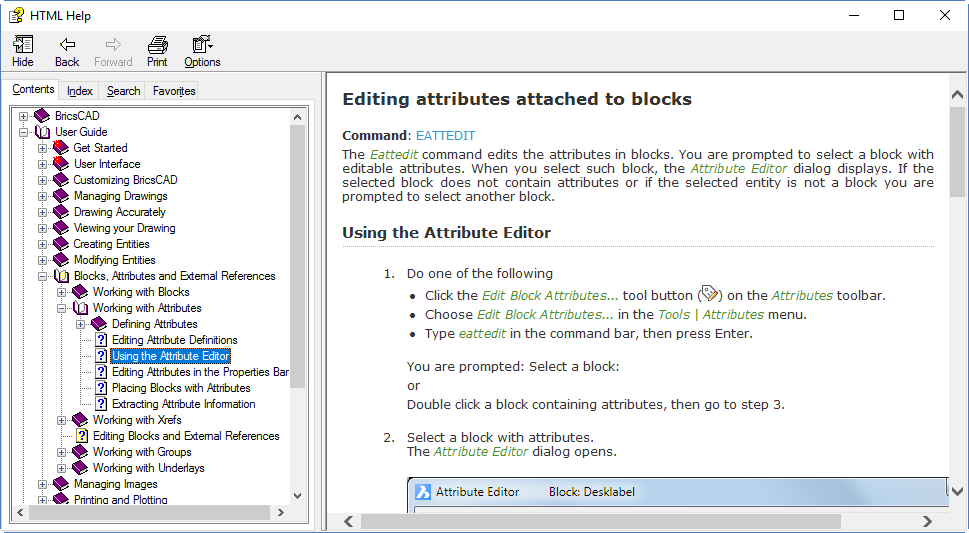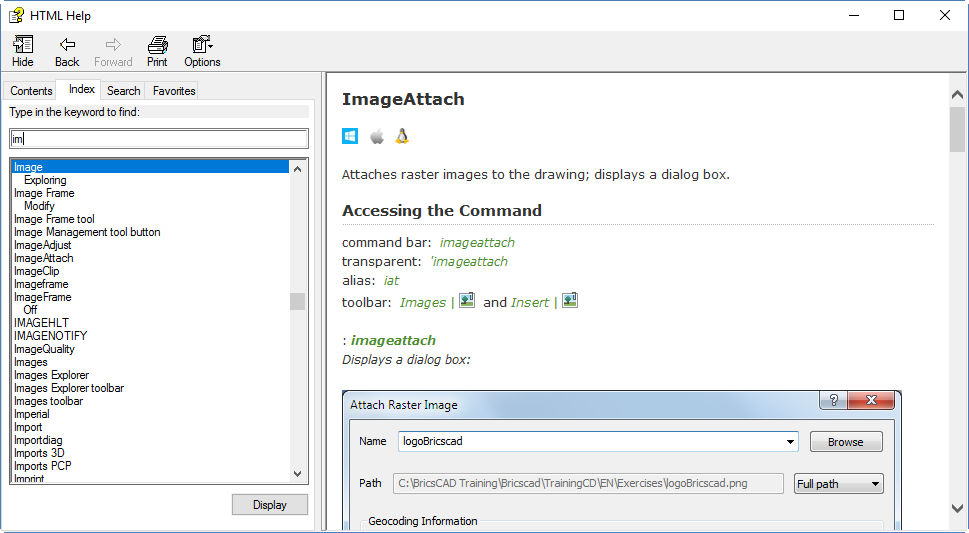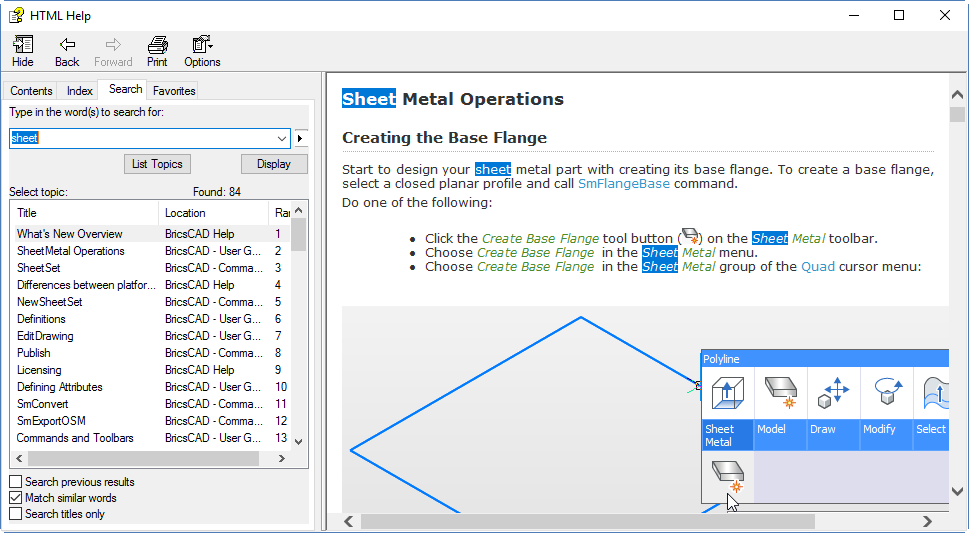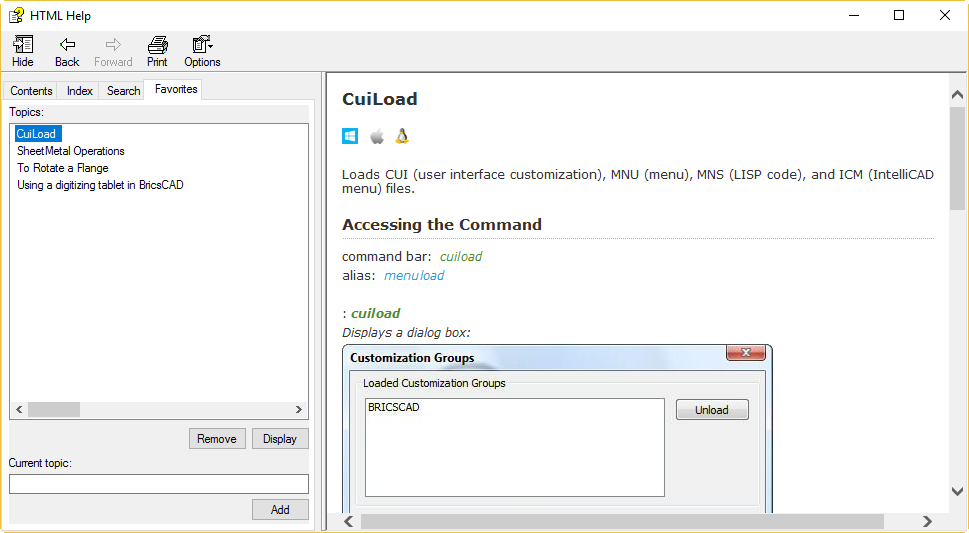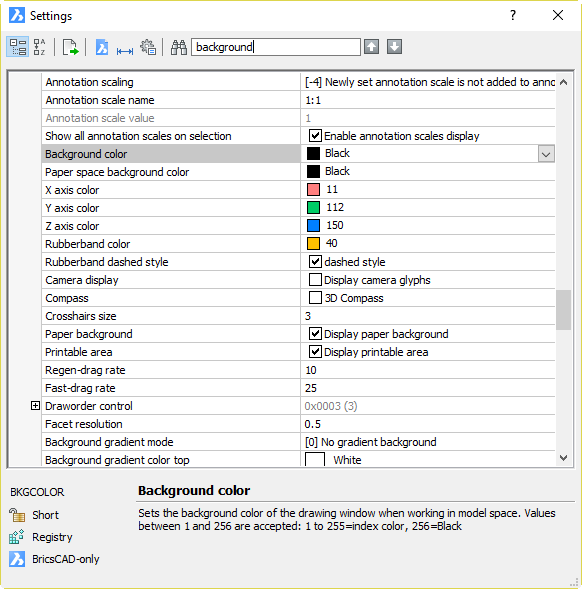This is the first in a series of posts covering an extensive interview with Bricsys CEO Erik De Keyser and COO Mark Van Den Bergh.
On April 26 and 27, I attended Bricsys Insights, a press event in Ghent, Belgium. Other attendees included Cyrena Respini-Irwin (Cadalyst editor in chief), R.K. McSwain (CAD Panacea), Ralph Grabowski (upFront.eZine), Randall Newton (GraphicSpeak), Roopinder Tara (Engineering.com), Martyn Day (DEVELOP3D), Jeff Rowe (AEC Café), Anthony Frausto-Robledo (Architosh) and Paul Wilkinson (pwcom).
Although Bricsys has invited some of these people (including myself) to previous events, this was the first gathering of such a significant number of illustrious industry press, bloggers and observers. So when myself, Cyrena Respini-Irwin and R.K. McSwain had the opportunity to interview Bricsys CEO Erik De Keyser and COO Mark Van Den Bergh, the first thing that we asked was this:
Cyrena (clarifying earlier question): What was the change that led you to bring in more people for the press event?
Steve: Why are we here?
Erik/Mark: (Laughs)
Cyrena: That’s a big question!
Erik: If you look to the history of what we have done and it goes together with what we said in the beginning, that we chose to grow by organic growth, and for a long time we didn’t do any marketing, and especially for the American market, because if you do it too early… And really, if we had done that massively, five years ago we would have been categorized as just another clone of AutoCAD. Once you have that, it’s very difficult to leave that, and that’s exactly what we wanted to avoid.
And so we waited until we had really substantially different product technologies that add a lot of stuff to… if you compare it to AutoCAD, I think that’s the moment where we are now. And we decided from that moment on, probably it made sense that we tell it a little bit more to the world. And of course what do you do then? You invite influencers in the market, which is the journalists. That’s the reason we invited you all.
We’re going to repeat this more and more.
Mark: Just to add to that, just sitting here for just two days with you guys also helps us to really talk about everything. If you go to a conference (you [Steve] were also in Munich), the time is limited and so we don’t show the systems behind, the testing system, we cannot show everything.
The idea here was, OK, these are the things we’re doing, what you see of course but also what is behind, the people behind the DNA of the company. We thought that’s a good idea to do that in depth with an audience like you guys.
Erik: That’s an important element as well that we wanted to show: the DNA of the company. It’s a bit different from others. That’s who we are and it’s important to know.
Steve: You’re about 90% developers, programmers. Do you think that’s going to change as you put more effort into marketing?
Erik: I think that the awesome part of the company that has to be improved, and on the marketing side we’re going to need to improve… to give you a rough idea we think that over the next two, four years we’re probably going to grow to maybe 200-250 people.
Steve: So where are you now?
Erik: We’re at 130-140. We just hired six new developers here in the office last week so we have to recount where we are in total. Dmitri is hiring in Novosibirsk (Bricsys Russia) as well.
So for sure we are starting what I would call a second life now. There’s been a lot of development, but still the majority of people in our company will be developers. I think we’re always going to stay around 80% developers. But there’s a part of the business, and especially in the marketing, that we will have to improve.
What we have encountered now, with the new modelling techniques we have introduced for BIM, we have to teach all the resellers. We have to produce material to teach the people how to work with it. These are not developers we’re going to need. We’re going to need seasoned architects that have experience for the last six to ten years with BIM already, maybe with competitive products. But that understand the concept, have experience with it, those guys we are now attracting and we’re going to need. Those are not developers, but in that sphere we have to extend and we have to grow. And that’s what we’re doing. We are hiring.
The focus will always be… what we’re good at, is basic research and development. That’s really what we’re doing, that’s the focus, and the results are the products we make.
We have a good partnership network I think, we’re going to continue to feed that, so I expect that balance between developers and non-developers to remain always above or about 80%.
If you have a look at the system, how we sell and support our products, we are scalable, to maintain that balance of a high level of developers. There’s no need for us to change that model. But in certain aspects we’re going to have to extend.
BOA (Bricsys Online Administration) is helping us tremendously to be scalable. If we were to double our revenue we wouldn’t need that many more people to manage that. We are constantly investing in automating all the systems we have, and it pays off big-time.
Cyrena: So that very heavy R&D investment you’ve sustained thus far will be scaled back a little in order to invest in other areas such as marketing?
Erik: Yeah, but it doesn’t mean we will scale back from development. We will grow in development as well, but the balance will be a little bit different; the proportion is different. We will grow tremendously, even more still in R&D when it comes to number of developers than in any other area over any other field or kind of employee that we have.
This is the complete set of links to this interview series:
Disclosure: Bricsys covered travel and accommodation expenses and provided some meals. Oh, and beer. Mustn’t forget the Belgian beer.












